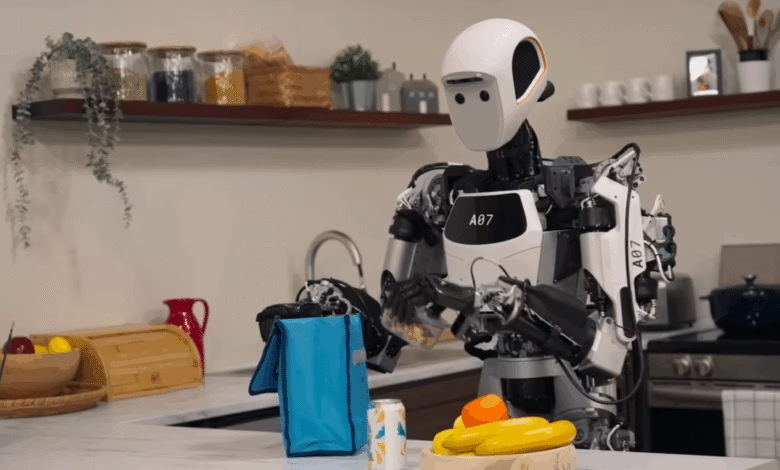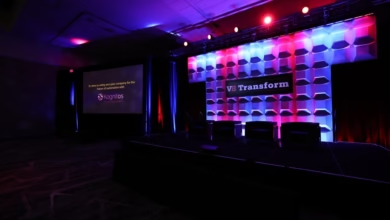Google’s AI Robotics Can Tie Shoes Offline – No Cloud Needed

▼ Summary
– Google DeepMind has introduced a new on-device VLA model for robots, enabling full autonomy without cloud dependency.
– Carolina Parada highlights that this AI approach improves robot reliability in unpredictable situations and allows developer customization.
– Robotics presents unique AI challenges due to physical interaction and environmental changes, which generative AI helps address through generalization.
– The new model leverages Gemini’s multimodal understanding to generate robot actions, similar to how it creates text, code, or images.
– Unlike the previous hybrid cloud-based system, the standalone VLA model ensures faster reactions by processing actions locally.
Google’s latest breakthrough in robotics brings AI-powered shoe-tying and other tasks offline, eliminating the need for cloud connectivity. The company’s DeepMind team has unveiled a new on-device vision-language-action (VLA) model, marking a significant step toward fully autonomous robots. Unlike earlier versions that relied on cloud processing, this innovation allows robots to operate independently, making them more reliable in unpredictable environments.
Carolina Parada, Google DeepMind’s robotics lead, highlights how this advancement could transform real-world applications. By leveraging generative AI, robots can now generalize tasks more effectively, adapting to dynamic situations without extensive pre-programming. This flexibility is crucial for physical robotics, where interactions with the environment are constantly changing. Whether stacking blocks or tying shoelaces, robots must respond instantly, something cloud-dependent systems struggle with due to latency.
The shift to local processing addresses a critical challenge in robotics: speed. Traditional cloud-based models introduce delays as data travels back and forth, but an on-device VLA model ensures near-instantaneous decision-making. This is especially vital for tasks requiring precision and real-time adjustments, like navigating cluttered spaces or handling delicate objects.
What sets this approach apart is its foundation in multimodal AI. Drawing from Gemini’s ability to understand text, images, and code, the system can generate appropriate robotic actions just as seamlessly as it crafts poems or summarizes articles. The result is a more versatile robot capable of learning new tasks without exhaustive retraining.
While Google’s earlier hybrid model, combining a lightweight local AI with a powerful cloud backend, remains the most advanced option, the standalone VLA demonstrates surprising robustness. Developers can now fine-tune the model for specialized uses, opening doors for customized robotics solutions across industries. From healthcare to manufacturing, offline AI-powered robots could soon handle complex tasks without missing a beat.
(Source: Ars Technica)






